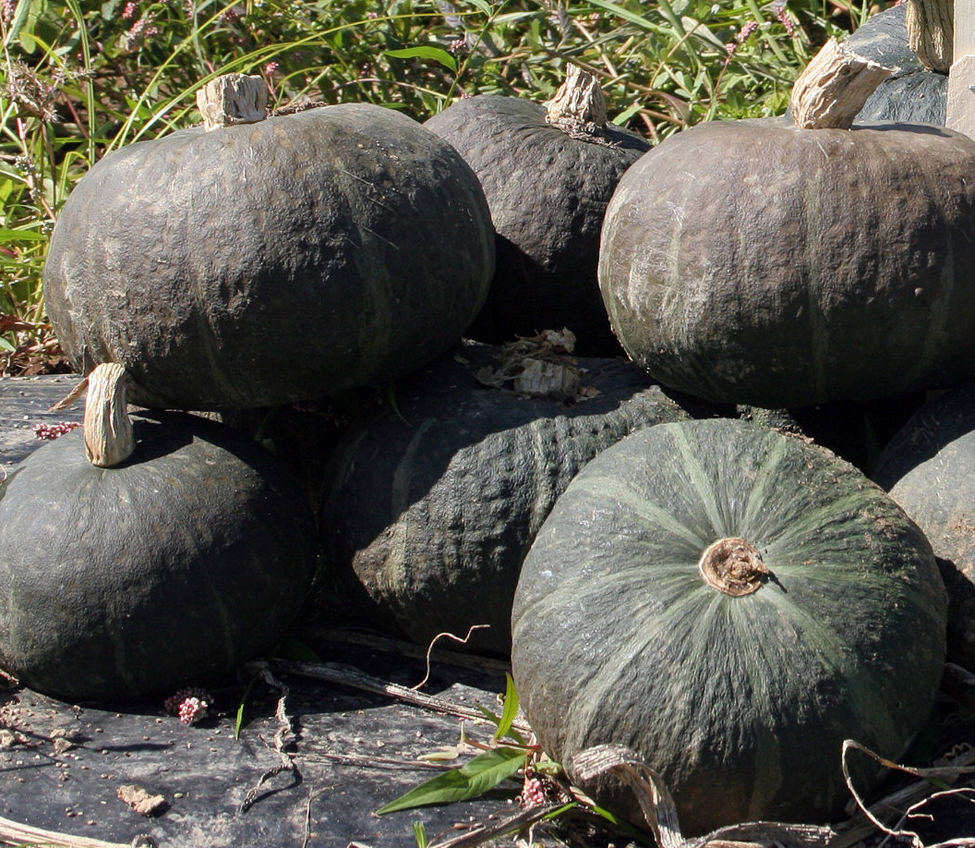Ethnic Vegetables: Asian
Asian vegetables are generally those vegetable crops originating from East Asia (China, Japan, and Korea) and Southeast Asia (Vietnam, Laos, the Philippines, Thailand, Indonesia, and Myanmar). They may also include crops of South Asia (India and Pakistan). While often referred to as “oriental” vegetables, the term “Asian” is preferred. A number of these Asian crops have been successfully grown and marketed in Kentucky.
Marketing
Growers must be careful to identify specific markets even before ordering seed. The type of market dictates which crops will be grown and what special cultural or post-harvest practices will be required. Determining what the customer wants is especially critical in finding niche markets for Asian vegetables, as different ethnic groups may prefer different sizes, colors, maturity level, and other characteristics of the same vegetable. One of the challenges of marketing Asian vegetables is presenting the crop in the correct language(s) for Asian buyers. Crop names may vary by language. Knowledge of the prospective customers’ language, customs, and dietary preferences will definitely be an asset in marketing Asian crops. For non-Asian customers, it is important to provide preparation instructions and recipes for ethnic vegetables.
Production
 Currently, the most frequently grown Asian vegetables in Kentucky are bok choy (a non-heading Chinese cabbage), daikon (Japanese white radish), Asian eggplant, edamame (edible soybeans), and Asian greens. Kabocha squash (Japanese pumpkin) has performed well in University of Kentucky variety trials. Kabocha was also well-received by both Asian and Caucasian customers in a 2004 UK marketing research study. Kentucky consumers have shown interest in celtuce (asparagus lettuce), chayote, garlic chives, and wax gourd. Other crops with potential include asparagus bean (yardlong bean), bitter melon, pea shoots, Chinese broccoli (or kailan), heading types of Chinese cabbage, Japanese greens, and other Asian greens in the Brassica genus including tatsoi.
Currently, the most frequently grown Asian vegetables in Kentucky are bok choy (a non-heading Chinese cabbage), daikon (Japanese white radish), Asian eggplant, edamame (edible soybeans), and Asian greens. Kabocha squash (Japanese pumpkin) has performed well in University of Kentucky variety trials. Kabocha was also well-received by both Asian and Caucasian customers in a 2004 UK marketing research study. Kentucky consumers have shown interest in celtuce (asparagus lettuce), chayote, garlic chives, and wax gourd. Other crops with potential include asparagus bean (yardlong bean), bitter melon, pea shoots, Chinese broccoli (or kailan), heading types of Chinese cabbage, Japanese greens, and other Asian greens in the Brassica genus including tatsoi.
See the full crop profile and other resources below:

